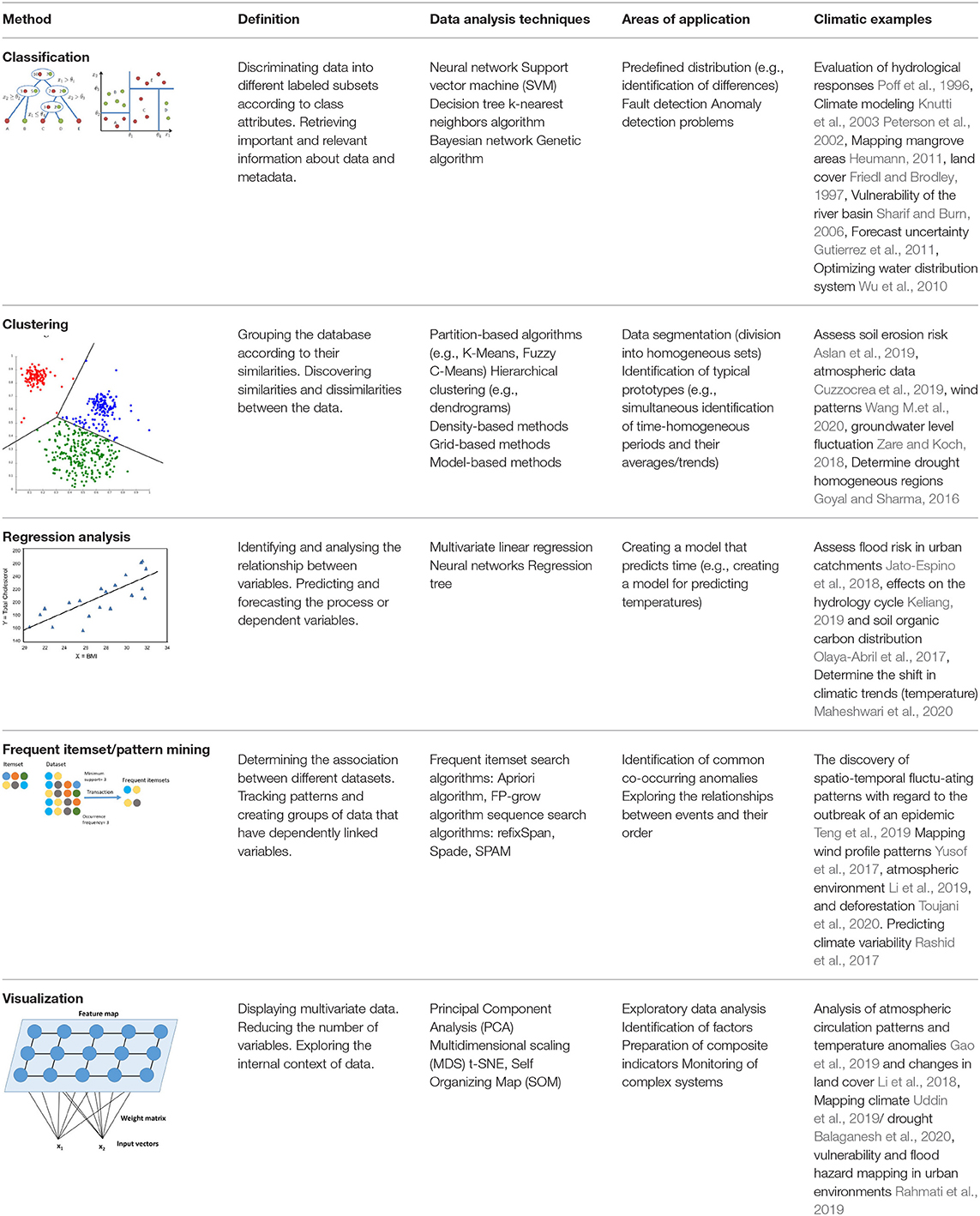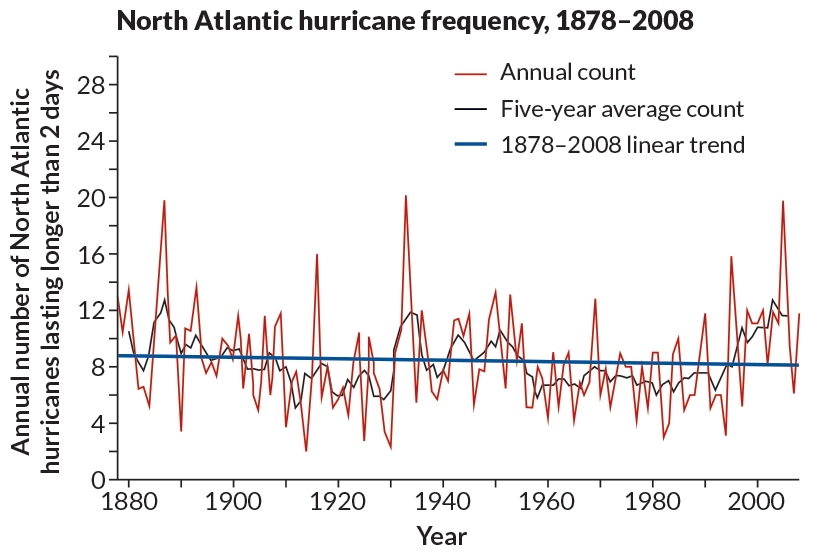
Last week, sea ice started forming along the shore of Hudson Bay, from the north end all the way south into James Bay. And scary predictions of future polar bear survival are often taken to be proxies for future human disasters (see ‘ Polar bears live on the edge of the climate change crisis‘), a point that some activists will no doubt make in the coming weeks, as the long-awaited UN climate change bash #26 (COP26) gets underway in Glasgow, Scotland on October 31. Hudson Bay bears are one of the most southern subpopulations in the Arctic (only Southern HB bears live further south) and older data from this region is being used to predict the future for the entire global population based on implausible model projections (Molnar et al.


It will be years before the results of the population count are published, of course (especially if it’s good news) but my contacts also say virtually all of the bears are in great condition again this year. I’ve been told that another complete aerial survey of the Western Hudson Bay polar bear subpopulation (from the Nunavut to Ontario boundaries) was conducted in August this year and that the bears have been hanging out further south than usual. 2016) but didn’t include that number in this ‘fact-check document – or why they similarly used an estimate of 2,000 for East Greenland for the 2015 assessment but provide no number for this ‘fact-check’. 2014) for their official IUCN 2015 assessment (Wiig et al. For example, you might ask why the PBSG experts used the estimate generated for the Kara Sea subpopulation of about 3,000 bears compiled by Russian researchers (Matishov et al. I dealt with this topic in my latest book, The Polar Bear Catastrophe That Never Happened, so for now I’ll just quote a bit from one of the chapters and let you decide for yourselves if the experts quoted by the ABC fact-checkers have a strong enough case to say without question that Rinehart was wrong. Sadly, the question of how many polar bears exist today compared to decades ago is unnecessarily complicated and messy, as I discovered years ago. In a long-winded essay of more than 2,500 words published yesterday (26 October 2021) the fact checkers provide one of the best examples yet of how convoluted is the official answer to the question: have overall polar bear numbers declined or increased over time? They interviewed a number of experts from the Polar Bear Specialist Group (PBSG) who had a lot to say but claimed it is impossible to address the global population issue.

Rinehart needed to be taken down a peg for the temerity of that remark, perhaps as it afforded an opportunity to take me down along with her: it seems some things I’ve said or published over the last few years were identified by her office as the source of her remark that polar bear numbers had increased. The folks who ‘fact-check’ at the Australian Broadcasting Corporation (ABC) seemed to feel that Ms. the sad loss of polar bears, when actually their numbers have increased…” Catchy title, but sadly short on delivery as far as truth is concerned, e.g. “I’d heard that senior school students in a previous headmistress’s time, were having to watch … An Inconvenient Truth. In early September this year, an Australian a woman I’ve never heard of gave a lecture to students at her former girl’s school and in the process made some critical remarks about Al Gore’s ‘An Inconvenient Truth’.


 0 kommentar(er)
0 kommentar(er)
